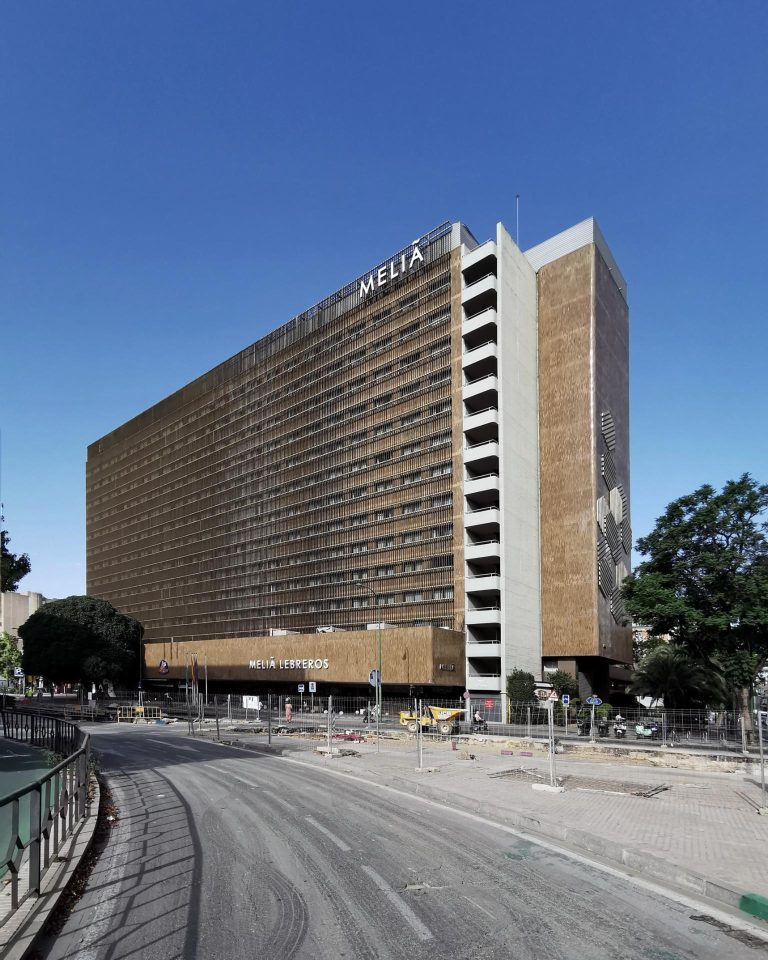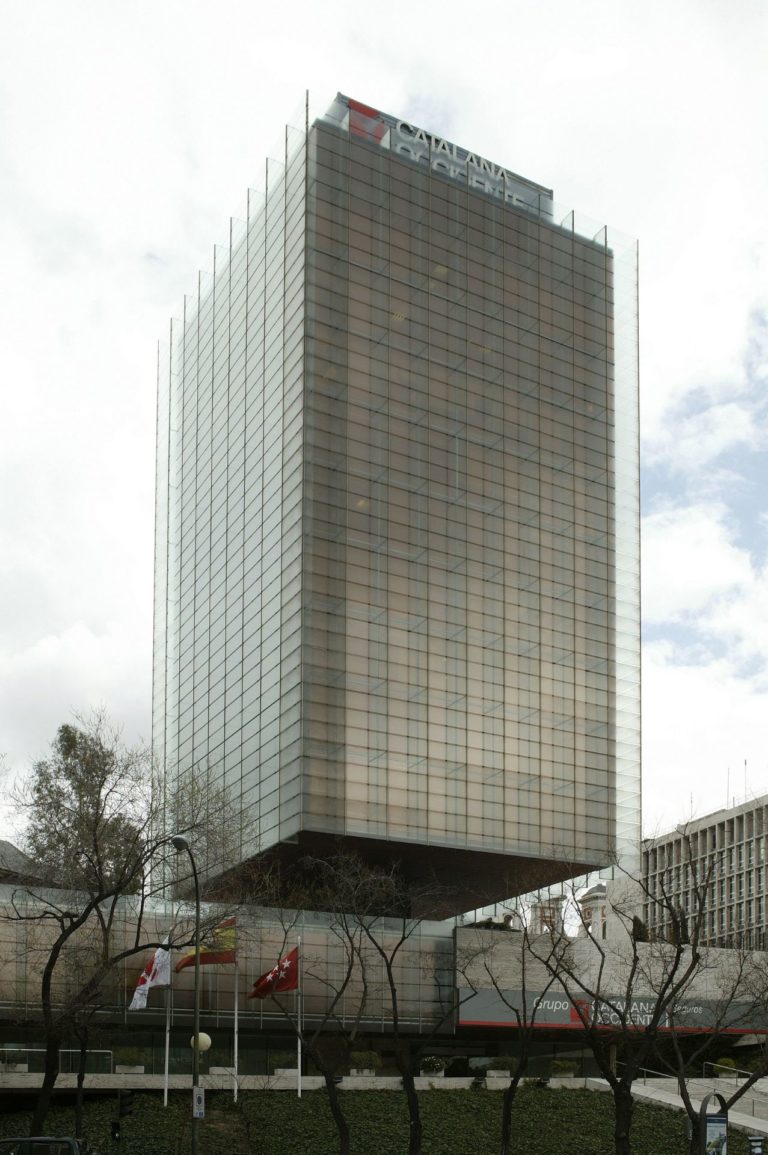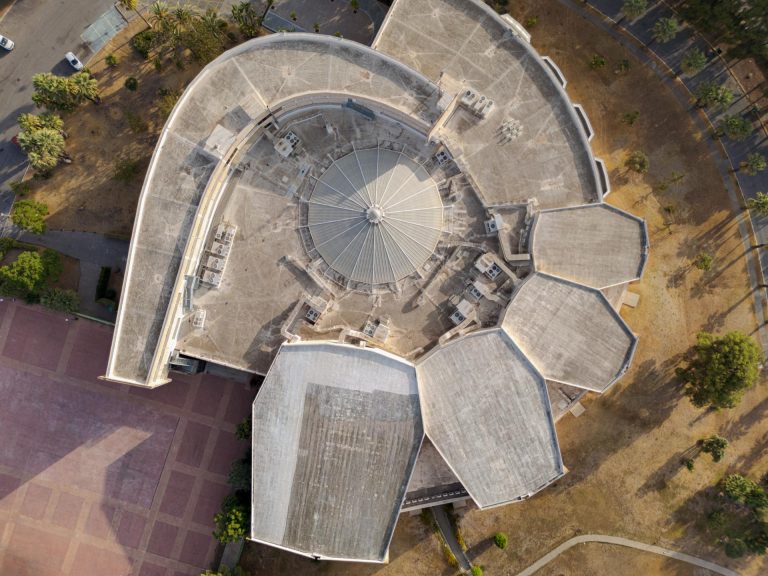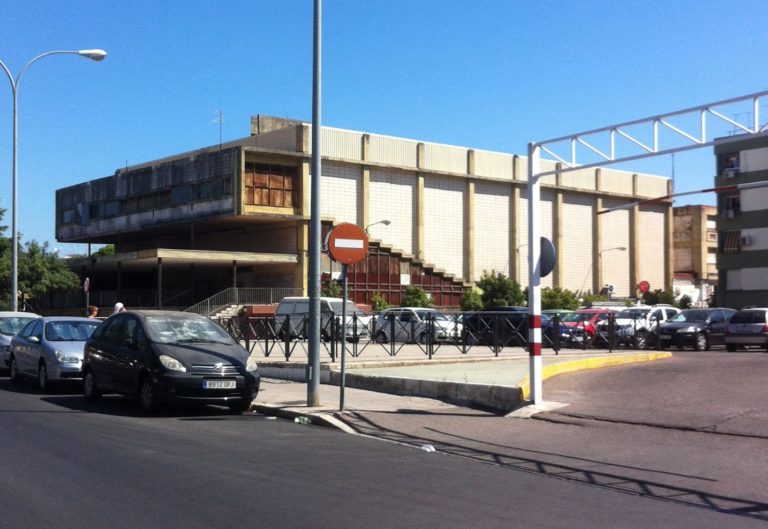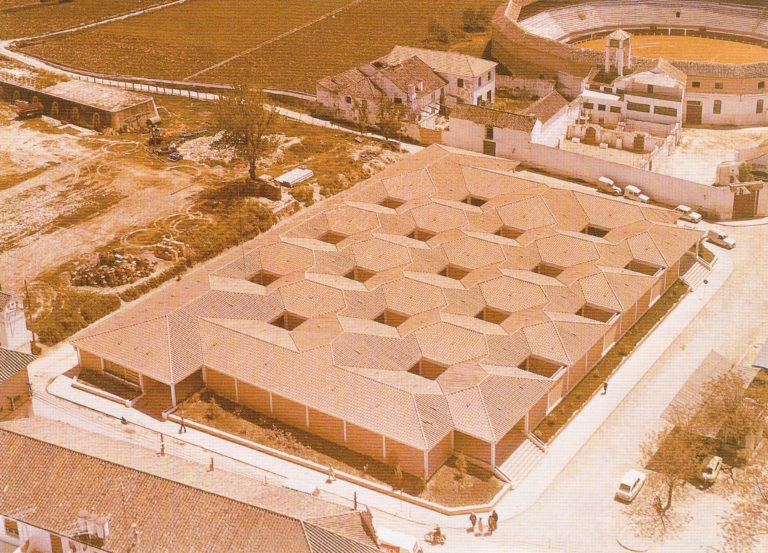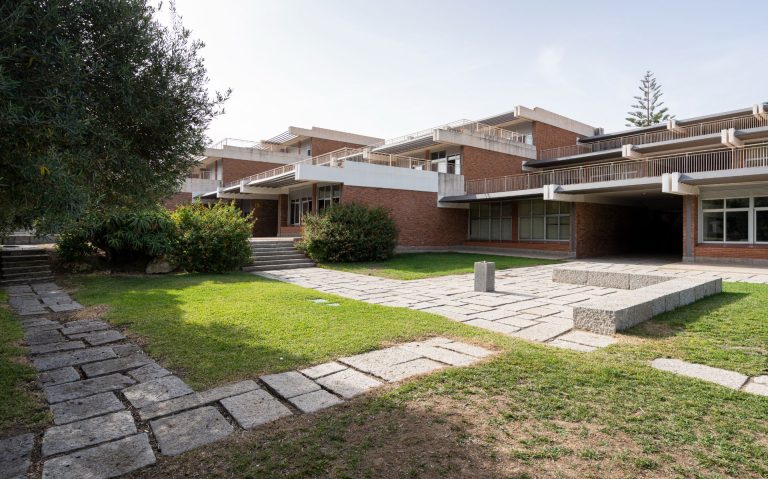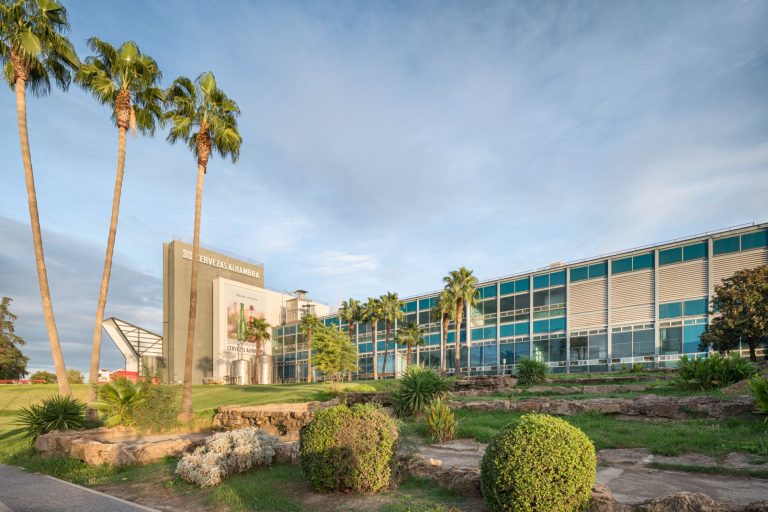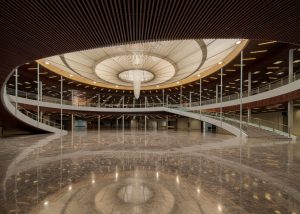Gerardo Olivares James
Ceuta, 1930-
Gerardo Olivares James was born in Ceuta in 1930. As the son of a soldier, he moved around during his childhood, from Algeciras to Barcelona and Menorca until, in 1941, after the Civil War, his family settled in Córdoba. There, he attended the Luis de Góngora Secondary School, located on the central Plaza de las Tendillas – where, years later, one of the most significant urban complexes of the city’s contemporary architecture was built, and which he remodelled in 1999. In 1948, he moved to Madrid to study architecture, earning his degree 10 years later. In 1958, after finishing his studies, he returned to Córdoba and visited Rafael de La-Hoz’s studio, then located on calle Claudio Marcelo, with the idea of working as a collaborator for a few months before entering the military. De La-Hoz, however, gave him the option of joining the team as a full partner, a move that determined the future of his professional career.
With his arrival, Olivares added his distinctive signature to the studio’s graphic representations, marked by striking conical perspective drawings, which characterize many of the studio’s original design drawings and which were a special attraction for clients, who were thus able to better understand the spatial conditions of the proposals. Olivares and De La-Hoz authored dozens of projects together, first mainly in Córdoba, starting with the School for the Deaf and Mute (now the Faculty Centre) or the Provincial Savings Bank, along with commissions in the province, such as the Cabra Union building, and beyond, like the residential building on Plaza de Cuba in Seville, the fishermen’s village in Almuñécar for the Obra Sindical del Hogar, and the Eurosol housing development in Torremolinos.
At the same time, the two architects began developing designs in new typologies: industrial architecture, such as the Ford Warehouse or the El Águila Brewery, both in Córdoba; and prefabricated architecture, which they implemented in a prototype for temporary shelters that was used in various locations in the provinces of Córdoba and Seville, as well as in Santiago de Compostela. Starting in 1965, José Chastang Barroso joined the team, specifically in charge of structural calculations.
In terms of quantity, quality, and variety, the projects they developed together from that moment forward until the studio’s closure in the early 1980s are of incalculable value for the modern movement in Andalusia. Many of them, although not in exclusivity, heralded the advent of a consolidated modernity for the city of Córdoba: for example, the Parque Figueroa neighbourhood, including the housing design and urban layout, but also its exceptional facilities and open spaces; the magnificent Provincial Hospital of Córdoba, next to which they later designed the La Asunción Hall of Residence and the Medical School; the headquarters of the newspaper Diario Córdoba; the Provincial Savings Bank; and the residential building for Rumasa. Other notable projects outside Córdoba include the Convention Centre in Torremolinos, the Central Food Market in Cabra, the Official Physicians’ Association in Seville, the Teresianas School in Alacant, the El Carmen Early Childhood Education Facility in Madrid, the El Águila Brewery in San Sebastián de los Reyes, the expansion of the Ministry of the Navy, and the office building in Plaza Castelar in Madrid.
On his own, Gerardo Olivares’ architectural production continued to be prolific and markedly avant-garde. Notable works from this period, which extended until his retirement in 2012, included in Córdoba, the Zoco Shopping Centre, the rehabilitation of the San Sebastián Hospital as a Conference Centre, and a good number of buildings for the University of Córdoba, such as the expansion of the Law School, the former University School of Social Services, and a very notable contribution to the modernization and expansion of the Rabanales Campus, including classrooms, the Veterinary Clinical Hospital, the Central Library and University Dining Room, the well-known Calculation Centre, and the most recent rehabilitation of the old Faculty of Veterinary Medicine to serve as the University Rector’s Office.
Regarding his creative capacity, special mention should be given to his literary production, which includes various texts on architecture and, more recently, a novel and an autobiography.
Biography by Blanca del Espino Hidalgo
Bibliography
INSTITUTO ANDALUZ DEL PATRIMONIO HISTÓRICO, Guía digital del patrimonio cultural de Andalucía.
RICO CÓRDOBA, José Carlos, ROA FERNÁNDEZ, Jorge, Gerardo Olivares James Arquitecto, Colegio Oficial de Arquitectos de Córdoba, Córdoba, 2009.
